Home>Gardening & Outdoor>Landscaping Ideas>Why Does Dead Grass Smell So Bad
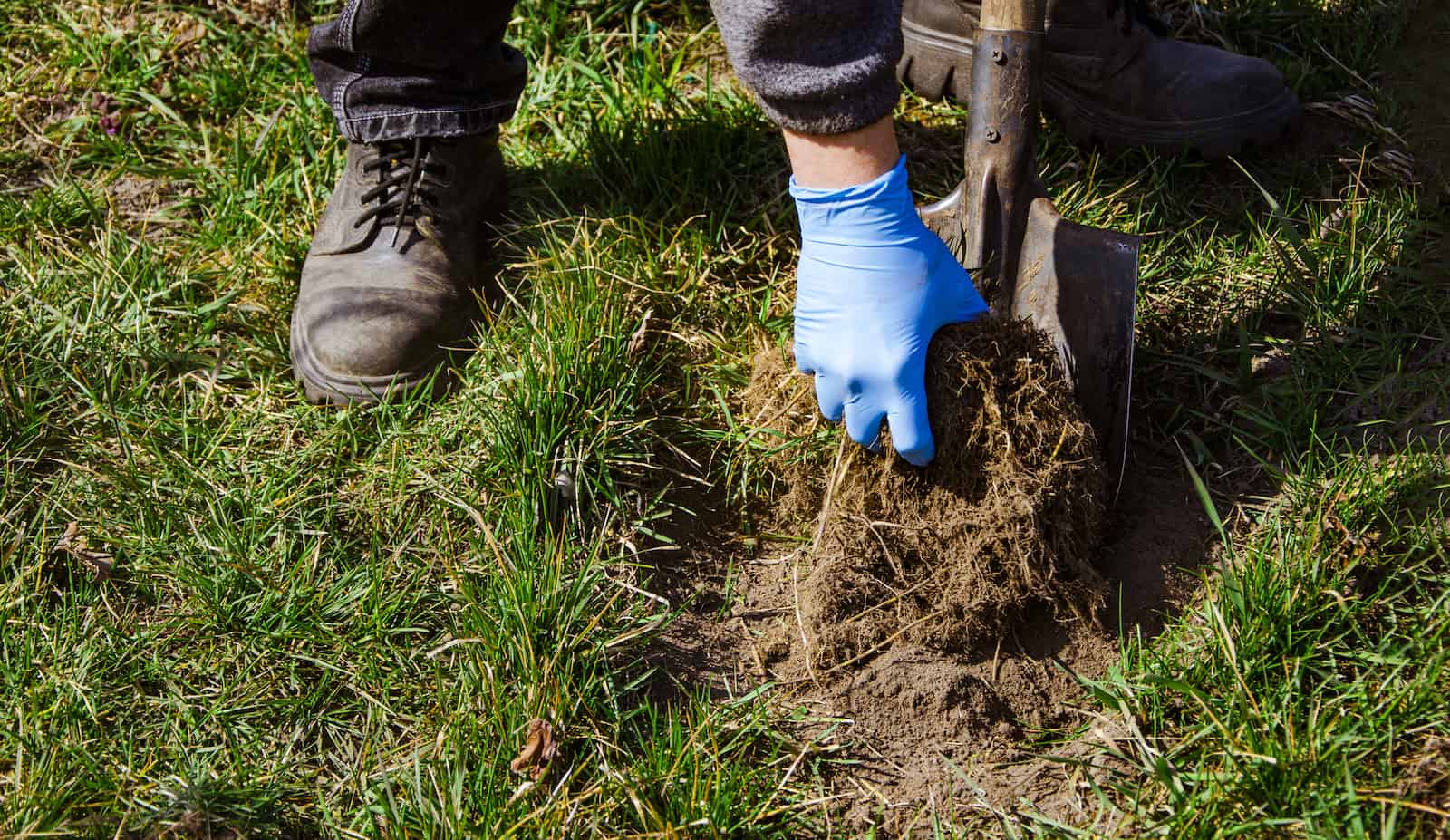

Landscaping Ideas
Why Does Dead Grass Smell So Bad
Modified: February 18, 2024
Discover the reasons behind the unpleasant smell of dead grass and explore landscaping ideas to prevent it. Learn how to keep your lawn fresh and vibrant.
(Many of the links in this article redirect to a specific reviewed product. Your purchase of these products through affiliate links helps to generate commission for Storables.com, at no extra cost. Learn more)
Introduction
The unmistakable scent of freshly cut grass is often associated with pleasant memories of summer days and outdoor activities. However, the smell of dead grass can evoke quite the opposite reaction. Have you ever wondered why dead grass smells so bad? In this article, we will delve into the fascinating world of olfactory experiences and explore the science behind the unpleasant odor emitted by dead grass.
The pungent aroma that arises from dead grass can be quite overpowering, often described as musty, sour, or even putrid. This distinctive smell is a result of complex chemical processes that occur as the grass undergoes decomposition. Understanding the factors contributing to this malodorous phenomenon can provide valuable insights into the natural world around us.
As we embark on this olfactory exploration, we will uncover the chemical composition of dead grass, unravel the microbial decomposition process, and examine the release of volatile organic compounds that contribute to the unpleasant odor. Additionally, we will investigate the various factors that influence the intensity and character of the smell emanating from dead grass.
Join us on this aromatic journey as we unravel the mysteries behind the notorious stench of dead grass and gain a deeper appreciation for the intricate processes at play in the natural world.
Key Takeaways:
- Dead grass smells bad due to the breakdown of organic compounds like cellulose and proteins, releasing pungent volatile organic compounds. Microbes, environmental conditions, and grass composition influence the intensity and character of the odor.
- The smell of dead grass is influenced by microbial activity, environmental conditions, grass composition, decomposition stage, species interactions, and human perception. These factors shape the diverse and complex olfactory experiences encountered in natural ecosystems.
Read more: Why Does My Cat’s Litter Box Smell So Bad
Chemical Composition of Dead Grass
The chemical composition of dead grass is a complex amalgamation of organic compounds that undergo transformative processes as the grass decays. Grass, like all living organisms, is composed of various organic molecules, including proteins, lipids, carbohydrates, and nucleic acids. When the grass dies, these compounds begin to break down, leading to the release of volatile organic compounds (VOCs) that contribute to the characteristic odor associated with decaying vegetation.
One of the primary components of dead grass is cellulose, a polysaccharide that forms the structural framework of plant cell walls. As the grass decomposes, cellulose is broken down by microbial enzymes through a process known as hydrolysis. This enzymatic degradation results in the release of simple sugars and other organic byproducts, which serve as substrates for further microbial metabolism.
In addition to cellulose, dead grass also contains lignin, a complex polymer that provides rigidity and structural support to plant tissues. Lignin degradation is a crucial aspect of the decomposition process, as it releases aromatic compounds such as phenols and guaiacols. These aromatic compounds contribute significantly to the distinct odor associated with decaying vegetation, adding to the overall olfactory experience of encountering dead grass.
Furthermore, the presence of proteins and amino acids in dead grass contributes to the chemical complexity of its composition. As proteins break down, they undergo putrefaction, a process characterized by the release of foul-smelling compounds such as cadaverine and putrescine. These volatile amines, along with other nitrogen-containing compounds, contribute to the noxious odor emitted by decaying grass.
The chemical composition of dead grass is a dynamic and evolving system, influenced by a myriad of environmental factors such as temperature, moisture, and microbial activity. Understanding the intricate interplay of organic compounds and microbial processes within dead grass provides valuable insights into the fundamental mechanisms of decomposition and the olfactory cues associated with natural ecosystems.
As we continue our exploration of the olfactory intricacies of dead grass, we will delve deeper into the microbial decomposition process and the release of volatile organic compounds, shedding light on the fascinating chemistry behind this malodorous phenomenon.
Microbial Decomposition Process
The microbial decomposition process plays a pivotal role in the transformation of dead grass into a rich tapestry of organic compounds, ultimately contributing to the distinctive odor that permeates the surrounding environment. As the grass succumbs to the inexorable forces of decay, a diverse array of microorganisms, including bacteria, fungi, and actinomycetes, embark on a complex and orchestrated symphony of biochemical activities.
Bacteria, ubiquitous in terrestrial ecosystems, are among the primary agents driving the initial stages of grass decomposition. These microscopic organisms possess an impressive arsenal of enzymes that catalyze the breakdown of complex organic molecules, initiating the process of decay. Through the enzymatic hydrolysis of cellulose, hemicellulose, and other plant polymers, bacteria liberate a plethora of simple sugars and organic substrates, fueling the subsequent stages of microbial metabolism.
Fungi, with their intricate network of hyphae, also play a crucial role in the decomposition of dead grass. As saprophytic organisms, fungi thrive on the organic matter provided by decaying vegetation, utilizing their enzymatic machinery to degrade complex polymers such as cellulose and lignin. The enzymatic prowess of fungi facilitates the release of aromatic compounds and volatile organic compounds, contributing to the olfactory signature of decomposing grass.
Actinomycetes, often referred to as "filamentous bacteria," contribute to the decomposition process through their ability to break down recalcitrant organic compounds. These resilient microorganisms produce a diverse array of extracellular enzymes, enabling them to degrade complex polymers that remain resistant to other microbial agents. The enzymatic activities of actinomycetes result in the release of unique organic compounds, further enriching the chemical milieu of decomposing grass.
The collective efforts of these microbial protagonists orchestrate a symphony of biochemical transformations, leading to the release of volatile organic compounds that define the characteristic odor of dead grass. As the intricate dance of microbial decomposition unfolds, the chemical landscape of decaying grass undergoes continuous evolution, culminating in the generation of a complex bouquet of olfactory stimuli.
The microbial decomposition process stands as a testament to the remarkable resilience and adaptability of microorganisms, underscoring their indispensable role in the grand tapestry of natural ecosystems. By unraveling the intricacies of microbial activities within dead grass, we gain a profound appreciation for the dynamic interplay of biological and chemical processes that shape the olfactory experiences of the natural world.
To reduce the bad smell of dead grass, try mixing in some fresh grass clippings or other organic material to help speed up the decomposition process and reduce the odor.
Release of Volatile Organic Compounds
The release of volatile organic compounds (VOCs) represents a pivotal juncture in the olfactory narrative of dead grass, as it marks the culmination of intricate biochemical processes and the emergence of the characteristic malodorous signature. As the complex matrix of organic compounds within dead grass undergoes microbial transformation, a diverse array of volatile organic compounds is liberated, imparting a distinct aroma that permeates the surrounding environment.
The breakdown of cellulose, lignin, proteins, and other organic constituents by microbial enzymes leads to the generation of a myriad of volatile organic compounds. These compounds encompass a broad spectrum of chemical classes, including aldehydes, ketones, alcohols, esters, and aromatic hydrocarbons, each contributing to the multifaceted olfactory profile of decaying grass.
Aldehydes, such as hexanal and heptanal, are among the primary volatile organic compounds released during the decomposition of dead grass. These compounds emanate a characteristic "grassy" odor, adding a nuanced dimension to the overall olfactory experience. Ketones, including 2-heptanone and 2-octanone, contribute to the complex bouquet of volatile organic compounds, infusing the aroma with subtle nuances that evoke the essence of decaying vegetation.
Furthermore, alcohols such as 1-octen-3-ol and 3-octanol, derived from microbial metabolic pathways, contribute to the olfactory tapestry of dead grass, imparting a musty and earthy aroma that characterizes the decomposition process. Esters, with their fruity and floral notes, add an intriguing layer of complexity to the olfactory profile, enriching the overall sensory experience.
Aromatic hydrocarbons, including phenols and guaiacols derived from lignin degradation, play a pivotal role in shaping the distinctive odor of dead grass. These compounds contribute to the pungent and acrid notes that define the malodorous signature, underscoring the profound influence of lignin breakdown on the olfactory landscape.
The release of volatile organic compounds from dead grass represents a testament to the intricate interplay of chemical transformations and microbial activities within natural ecosystems. The multifaceted aroma that emanates from decaying grass serves as a poignant reminder of the dynamic and interconnected processes that govern the olfactory experiences of the natural world.
As we unravel the enigmatic chemistry of volatile organic compounds in dead grass, we gain a deeper appreciation for the intricate tapestry of olfactory stimuli that permeate the natural environment, enriching our sensory perception and fostering a profound connection to the captivating world of decaying vegetation.
Factors Affecting the Smell of Dead Grass
The olfactory experience associated with dead grass is influenced by a myriad of factors that intricately shape the character, intensity, and duration of the malodorous emanations. Understanding these influential factors provides valuable insights into the dynamic interplay of chemical, biological, and environmental variables that govern the olfactory landscape of decaying vegetation.
-
Microbial Activity: The intensity and complexity of the odor emitted by dead grass are profoundly influenced by the activity and diversity of microbial communities involved in the decomposition process. Variations in microbial populations, enzymatic capabilities, and metabolic pathways contribute to the diverse array of volatile organic compounds released during grass decomposition, ultimately shaping the olfactory profile.
-
Environmental Conditions: The prevailing environmental conditions, including temperature, humidity, and oxygen availability, exert a significant influence on the olfactory characteristics of dead grass. Optimal conditions for microbial activity can accelerate the decomposition process, leading to the rapid generation and release of volatile organic compounds, intensifying the malodorous emanations.
-
Chemical Composition of Grass: The inherent chemical composition of the grass, including the relative proportions of cellulose, lignin, proteins, and other organic constituents, plays a pivotal role in determining the olfactory signature of decaying vegetation. Variations in the chemical composition of different grass species contribute to the diversity of olfactory experiences encountered in natural ecosystems.
-
Stage of Decomposition: The stage of decomposition at which the grass is encountered significantly influences the olfactory perception. Early stages of decomposition may exhibit milder, earthy aromas, while advanced decomposition stages are characterized by intense, putrid odors resulting from the accumulation of volatile organic compounds.
-
Species Interactions: Interactions between different plant species and microbial communities can influence the olfactory characteristics of dead grass. Complex ecological relationships and symbiotic interactions within the decomposer community contribute to the nuanced olfactory experiences associated with diverse ecosystems.
-
Geographic and Climatic Variability: Geographic and climatic variations introduce unique nuances to the olfactory profile of dead grass. Regional differences in vegetation, soil composition, and climatic conditions contribute to the diverse array of olfactory stimuli encountered in different ecosystems.
-
Human Perception and Sensory Interpretation: The perception and interpretation of the odor emitted by dead grass are inherently subjective and influenced by individual sensory thresholds and experiences. Cultural and personal factors contribute to the diverse interpretations of the olfactory experience, adding a layer of complexity to the overall sensory perception.
The multifaceted interplay of these factors underscores the intricate nature of the olfactory experience associated with dead grass, highlighting the dynamic and interconnected processes that govern the malodorous emanations encountered in natural ecosystems. By unraveling the influential factors shaping the olfactory landscape, we gain a deeper appreciation for the captivating tapestry of sensory stimuli that permeate the natural world.
Read more: Why Does My Toothbrush Smell Bad
Conclusion
The olfactory journey through the enigmatic world of dead grass has unveiled a tapestry of chemical, biological, and environmental intricacies that converge to shape the distinctive malodorous signature associated with decaying vegetation. From the complex chemical composition of dead grass to the orchestrated symphony of microbial decomposition and the release of volatile organic compounds, each facet of this olfactory narrative offers profound insights into the captivating world of natural ecosystems.
The chemical composition of dead grass, characterized by cellulose, lignin, proteins, and a myriad of organic constituents, serves as the foundational canvas upon which the olfactory experience unfolds. As microbial protagonists engage in a choreographed dance of enzymatic transformations, the release of volatile organic compounds emerges as the crescendo of this biochemical symphony, infusing the surrounding environment with a multifaceted aroma that captivates the senses.
Moreover, the factors influencing the smell of dead grass, ranging from microbial activity and environmental conditions to the chemical composition of grass and species interactions, underscore the dynamic interplay of biological, chemical, and ecological variables that shape the olfactory landscape. These influential factors contribute to the diverse array of olfactory experiences encountered in natural ecosystems, enriching our sensory perception and fostering a profound connection to the captivating world of decaying vegetation.
As we conclude this aromatic odyssey, the intricate tapestry of olfactory stimuli emanating from dead grass serves as a poignant reminder of the dynamic and interconnected processes that govern the olfactory experiences of the natural world. The malodorous emanations encountered in the realm of decaying vegetation stand as a testament to the resilience and adaptability of natural ecosystems, offering a glimpse into the captivating interplay of chemical, biological, and environmental forces that shape our sensory perception.
In unraveling the mysteries behind the notorious stench of dead grass, we have embarked on a sensory exploration that transcends the realm of odor, offering profound insights into the intricate web of life and decay that defines the natural world. This olfactory journey serves as a testament to the captivating allure of the natural world, inviting us to embrace the multifaceted sensory experiences that permeate our surroundings and deepen our appreciation for the captivating tapestry of olfactory stimuli encountered in the realm of decaying vegetation.
Frequently Asked Questions about Why Does Dead Grass Smell So Bad
Was this page helpful?
At Storables.com, we guarantee accurate and reliable information. Our content, validated by Expert Board Contributors, is crafted following stringent Editorial Policies. We're committed to providing you with well-researched, expert-backed insights for all your informational needs.

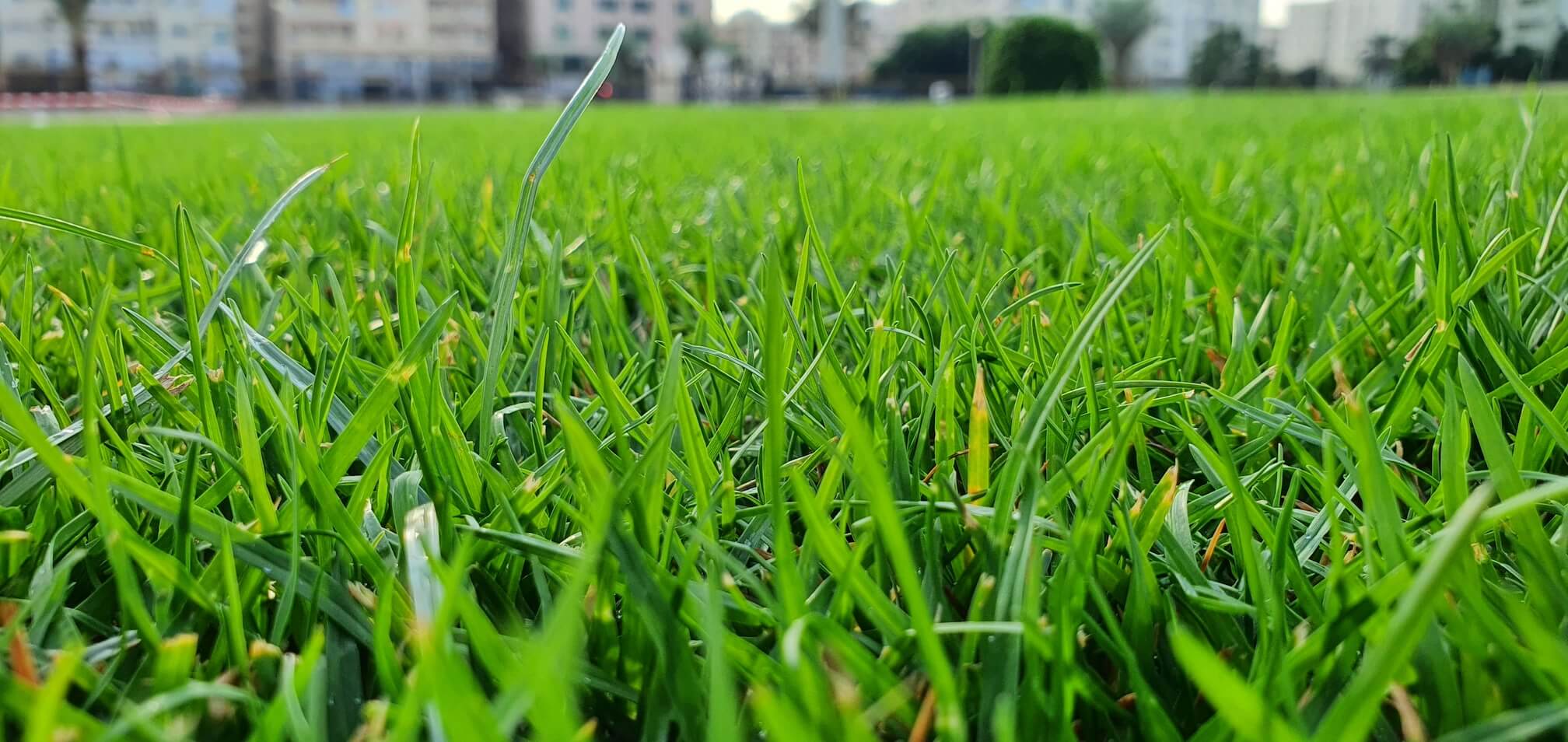



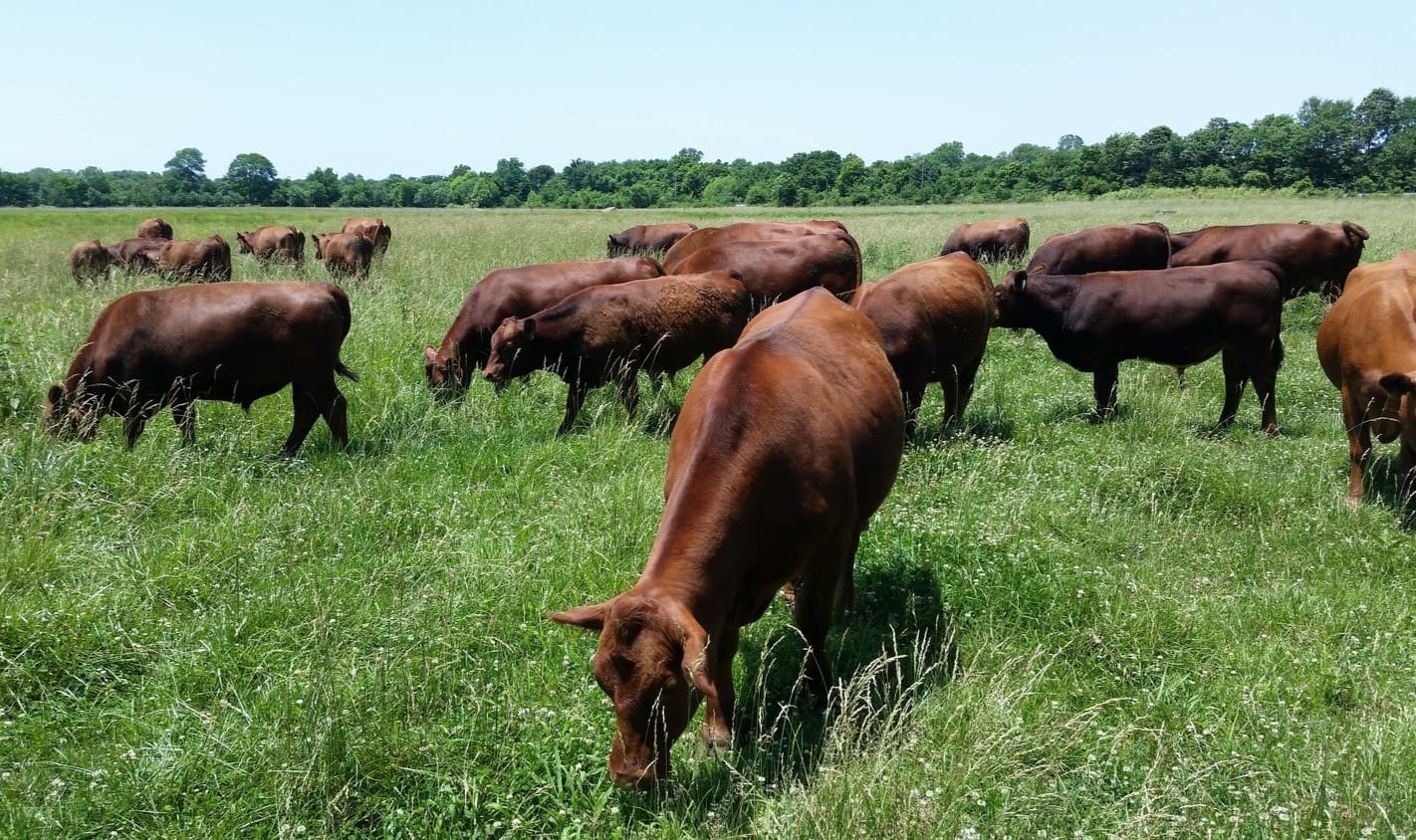

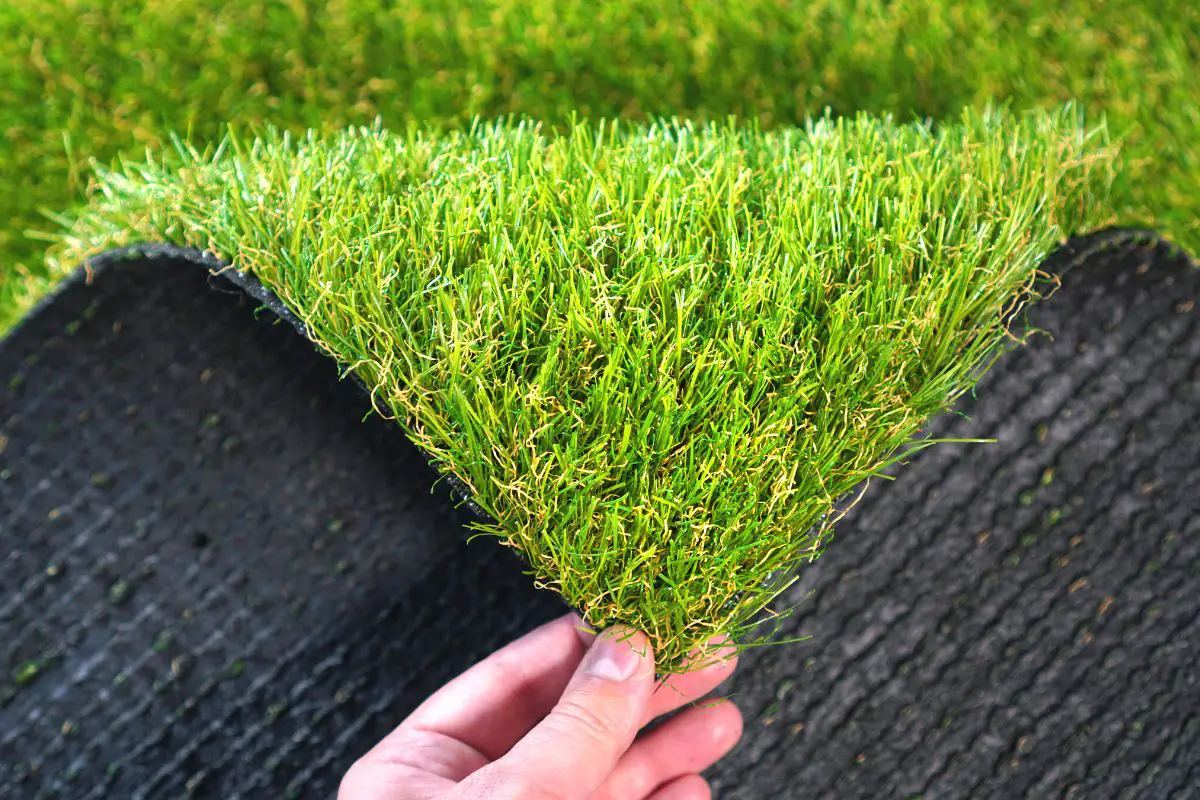
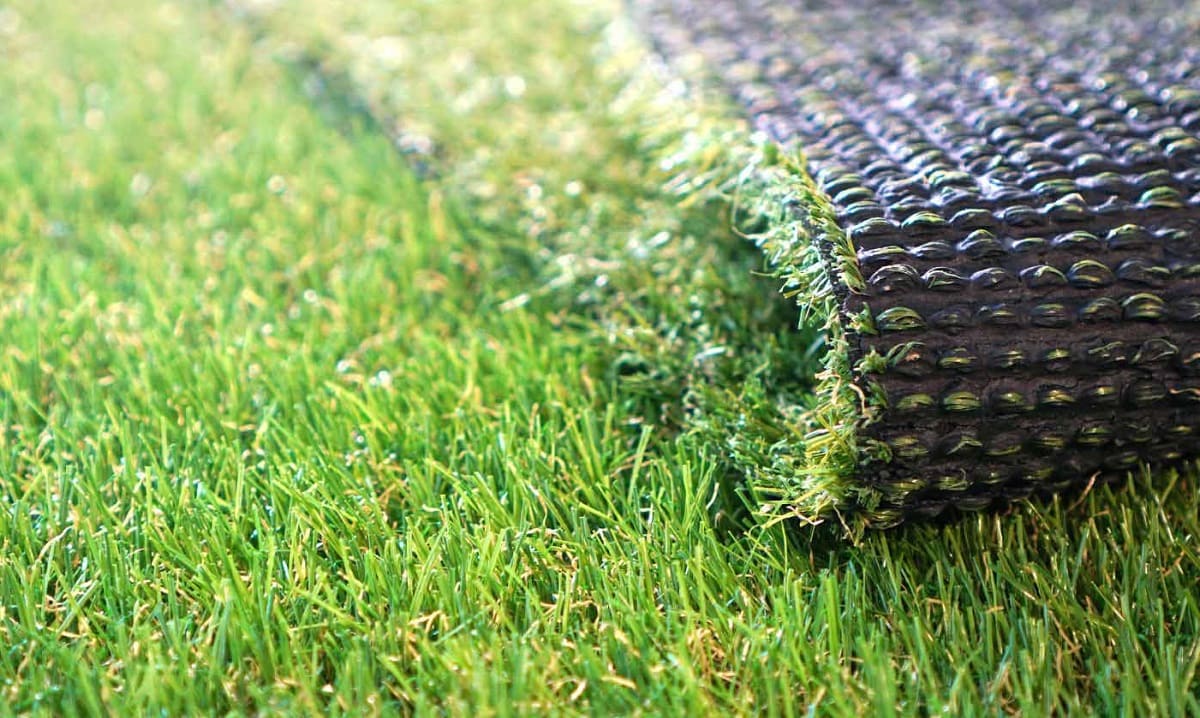
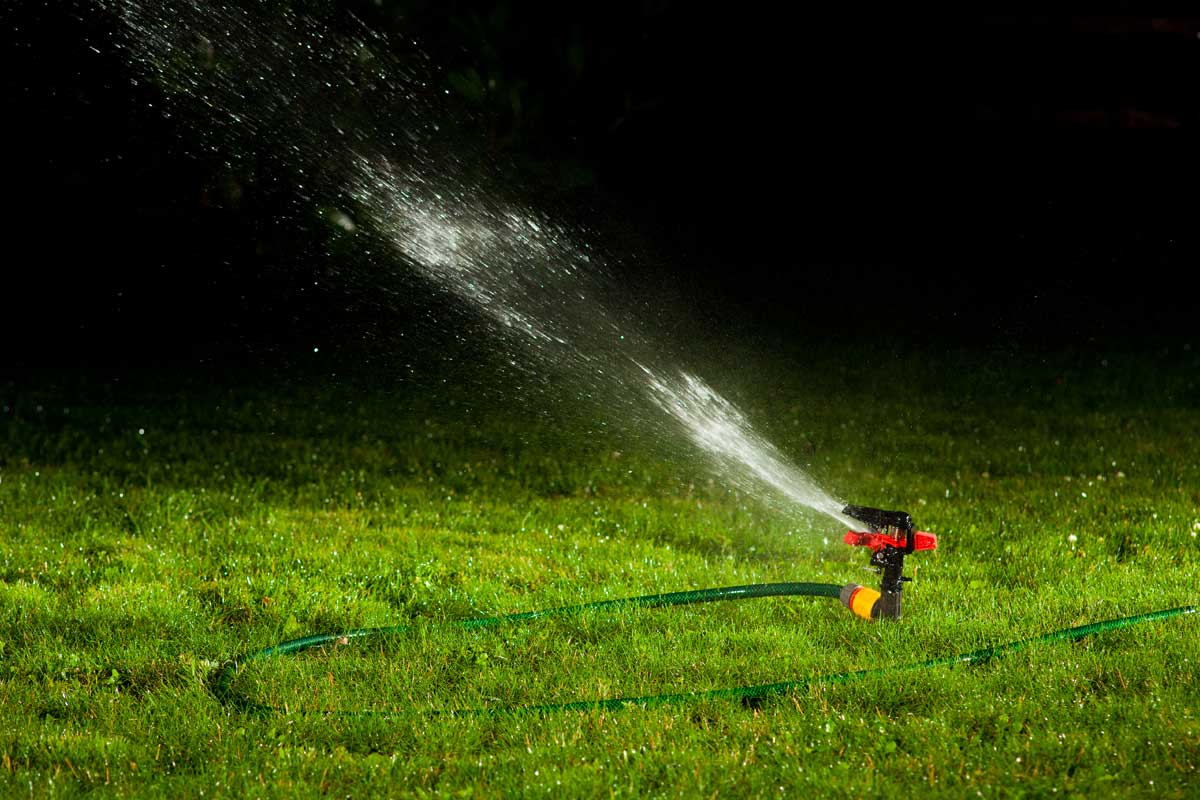
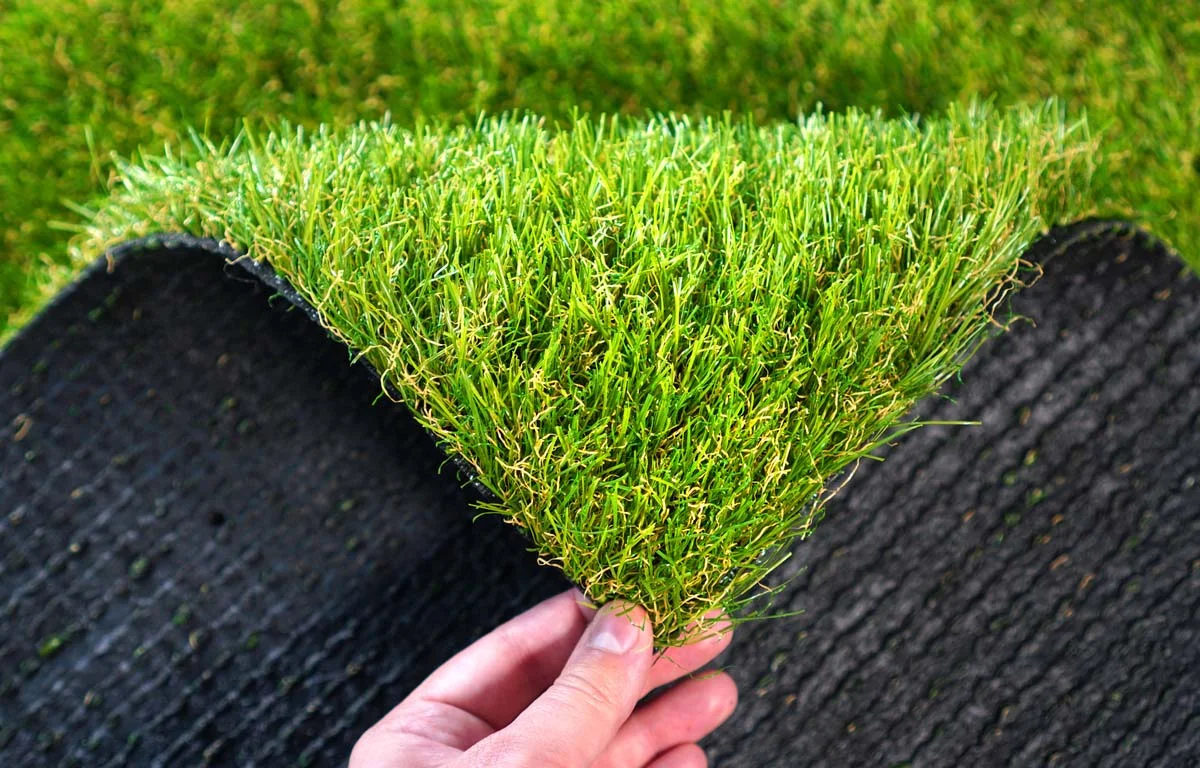
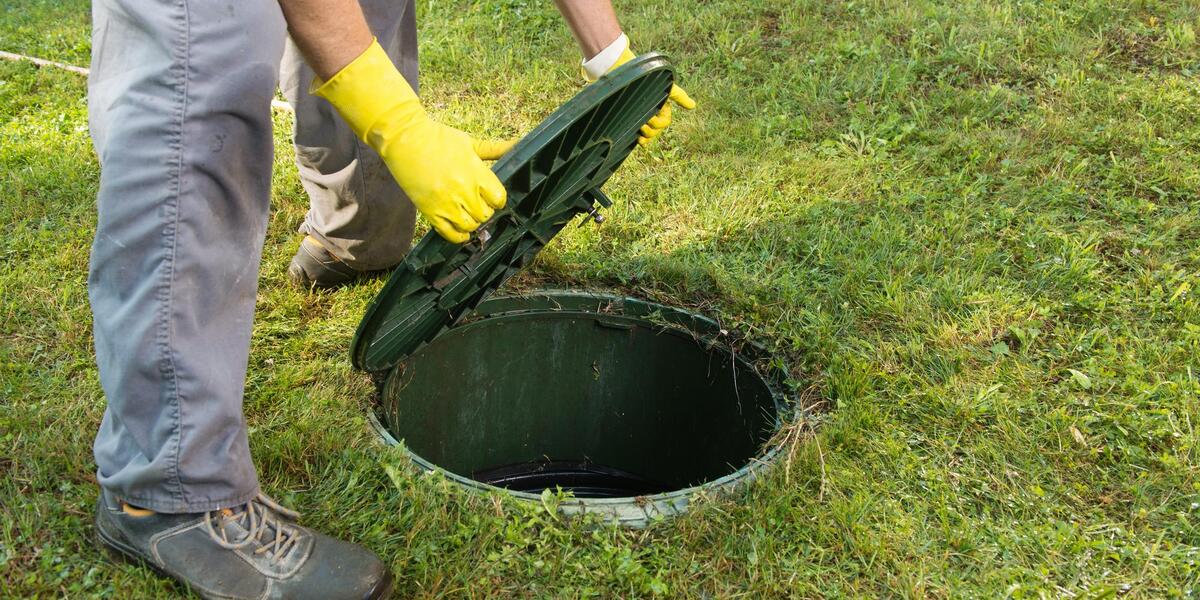

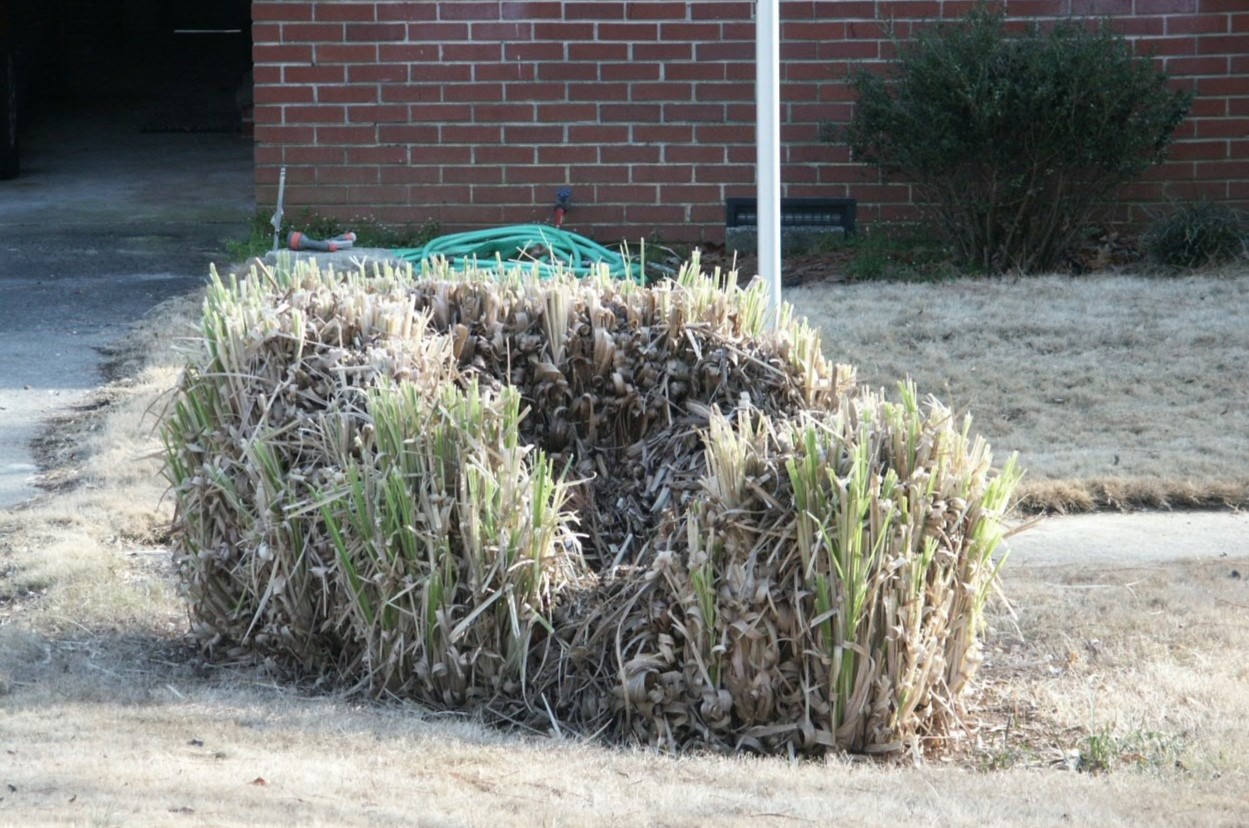

0 thoughts on “Why Does Dead Grass Smell So Bad”